Natalie Perkof
Galerie U Betlémské kaple, Prague
4. 8. – 5. 9. 2021
Curated by Martina Mrázová
Photo Vladimír KIVA Novotný
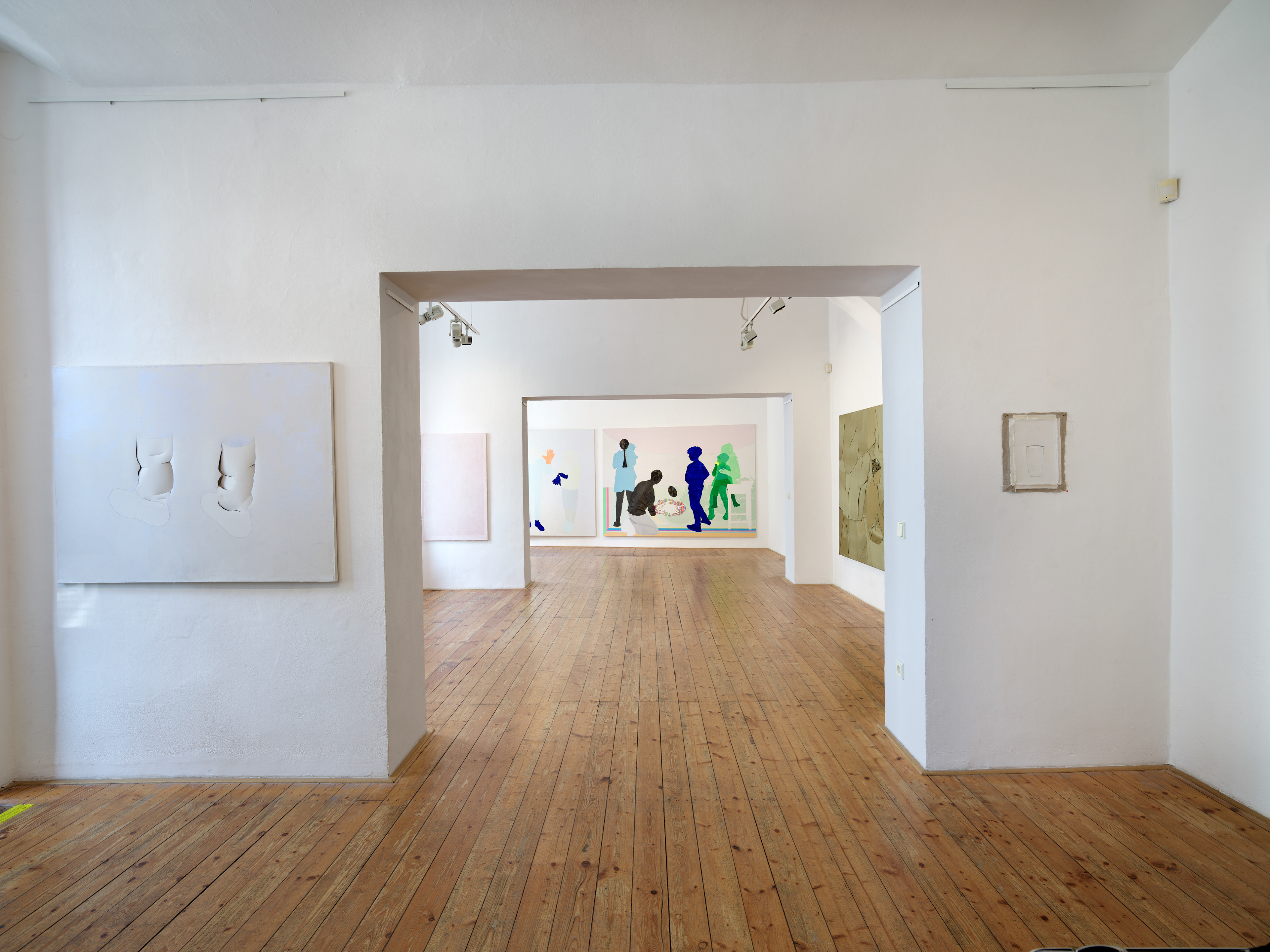
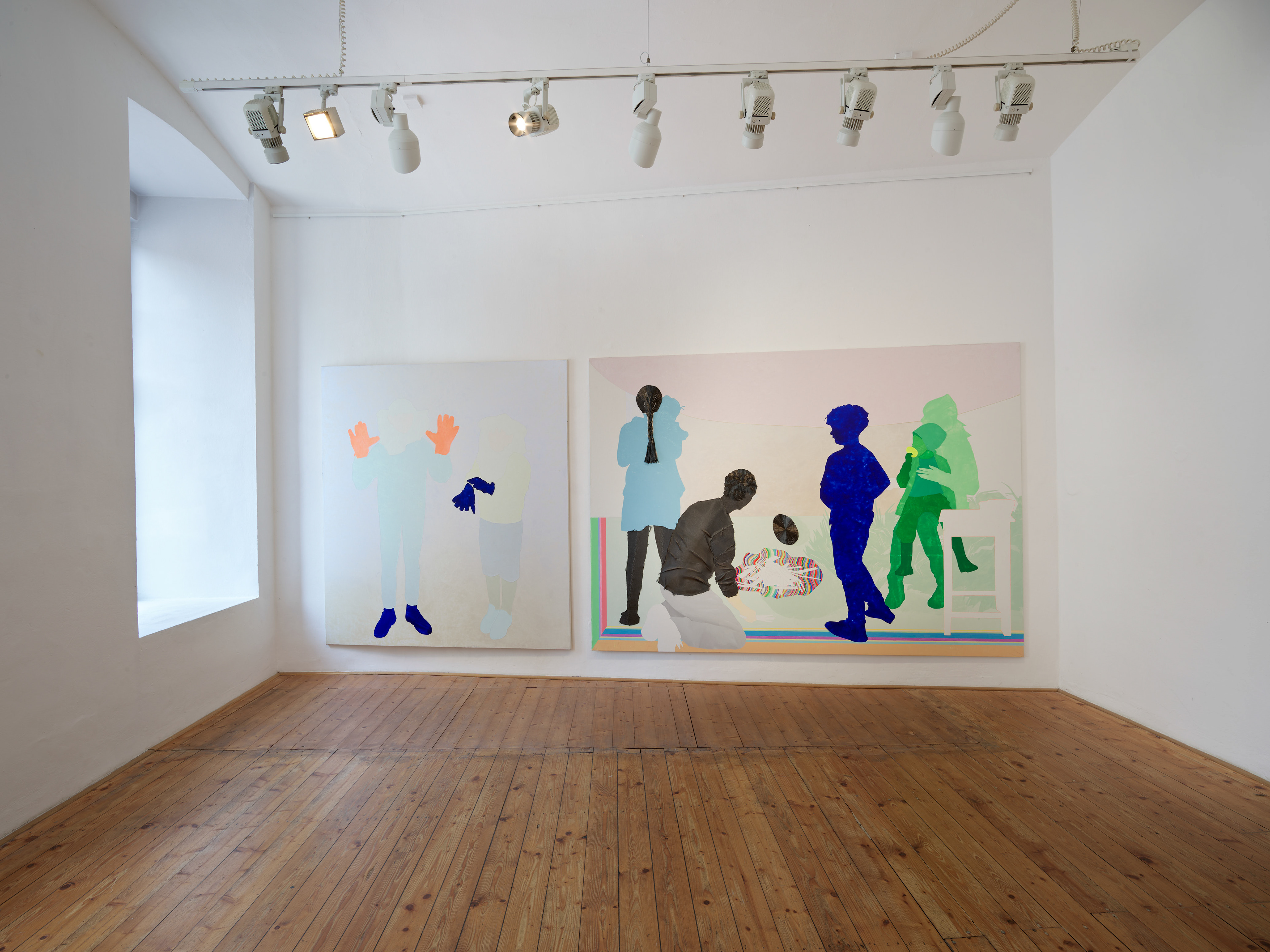
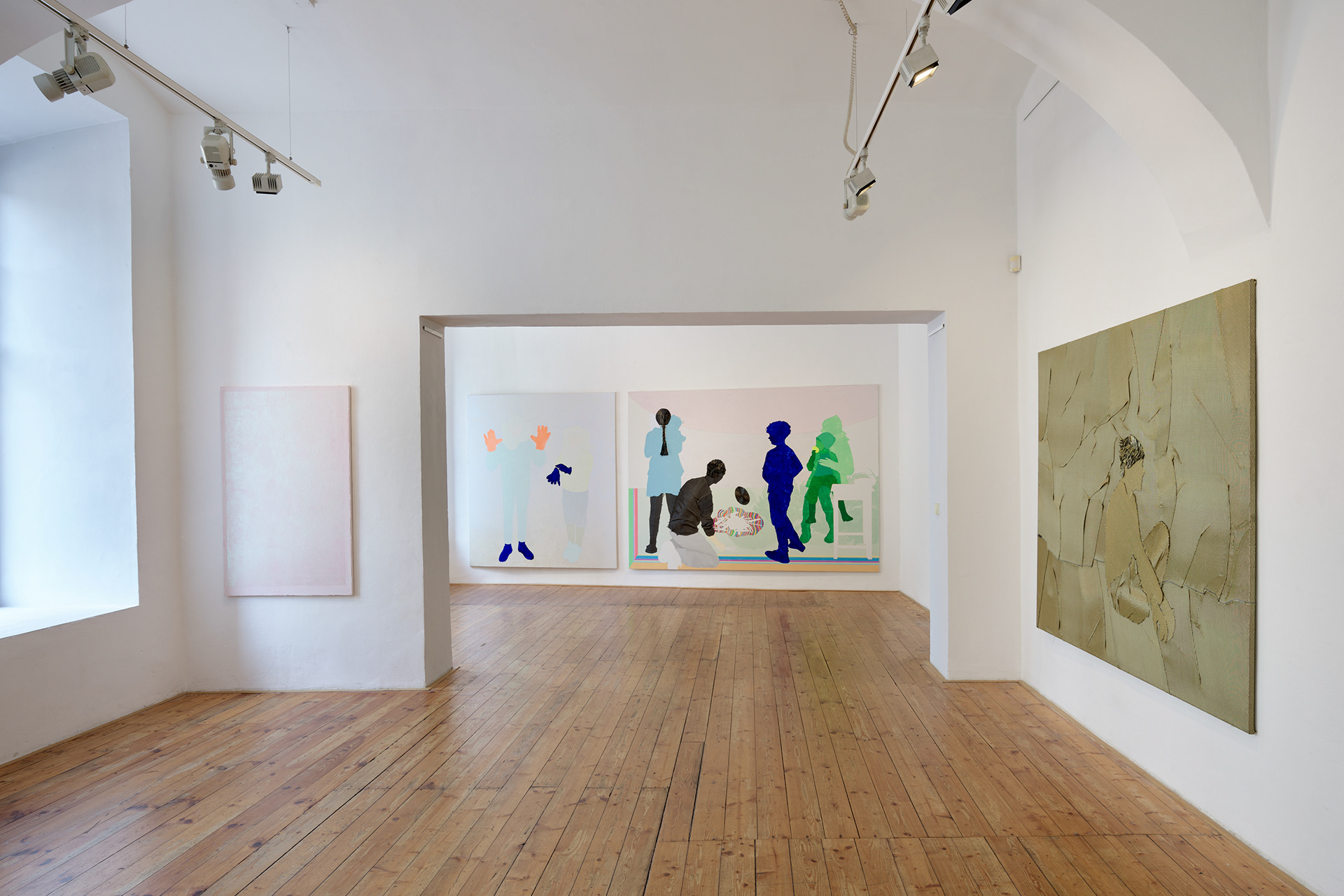
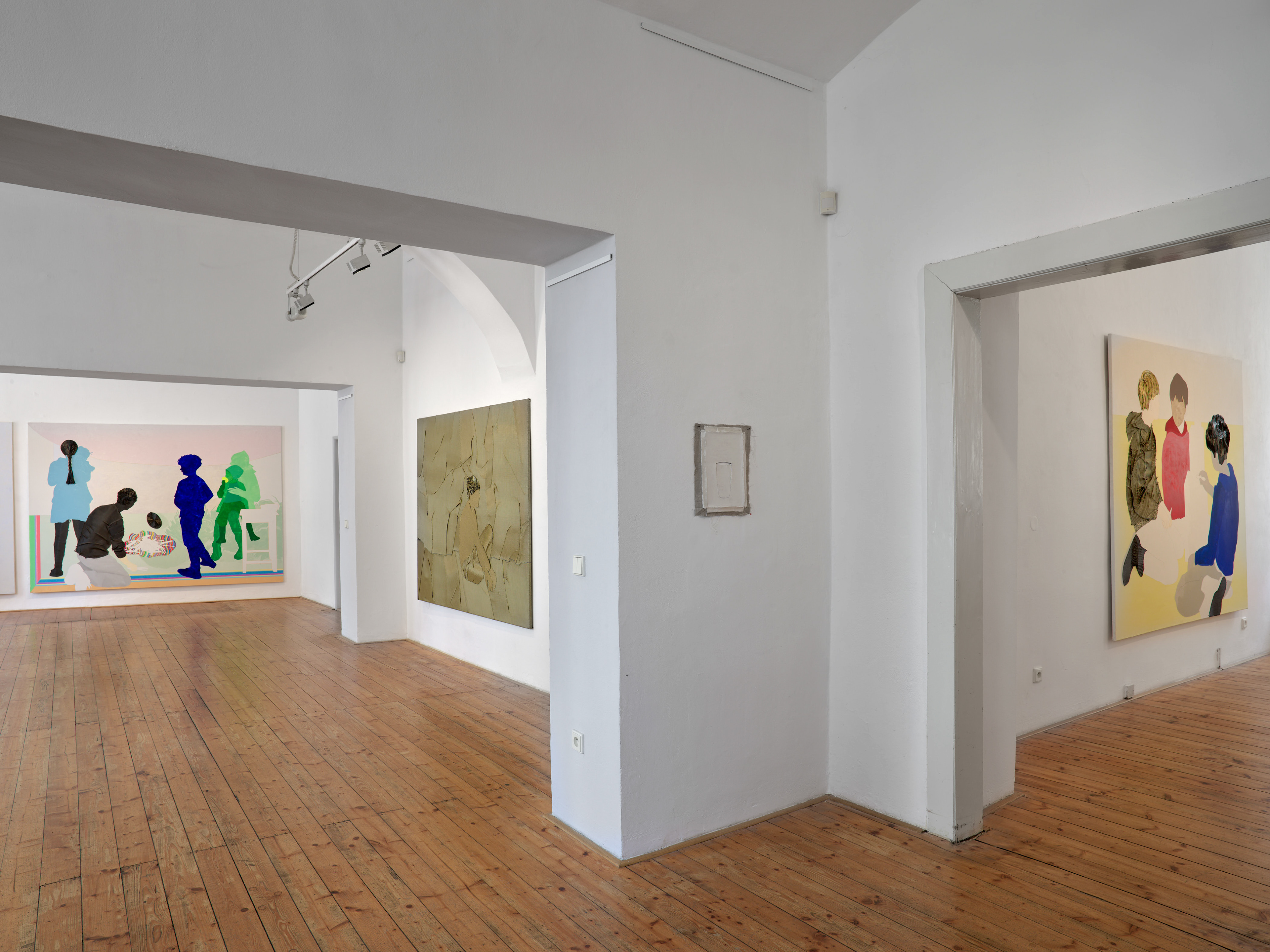
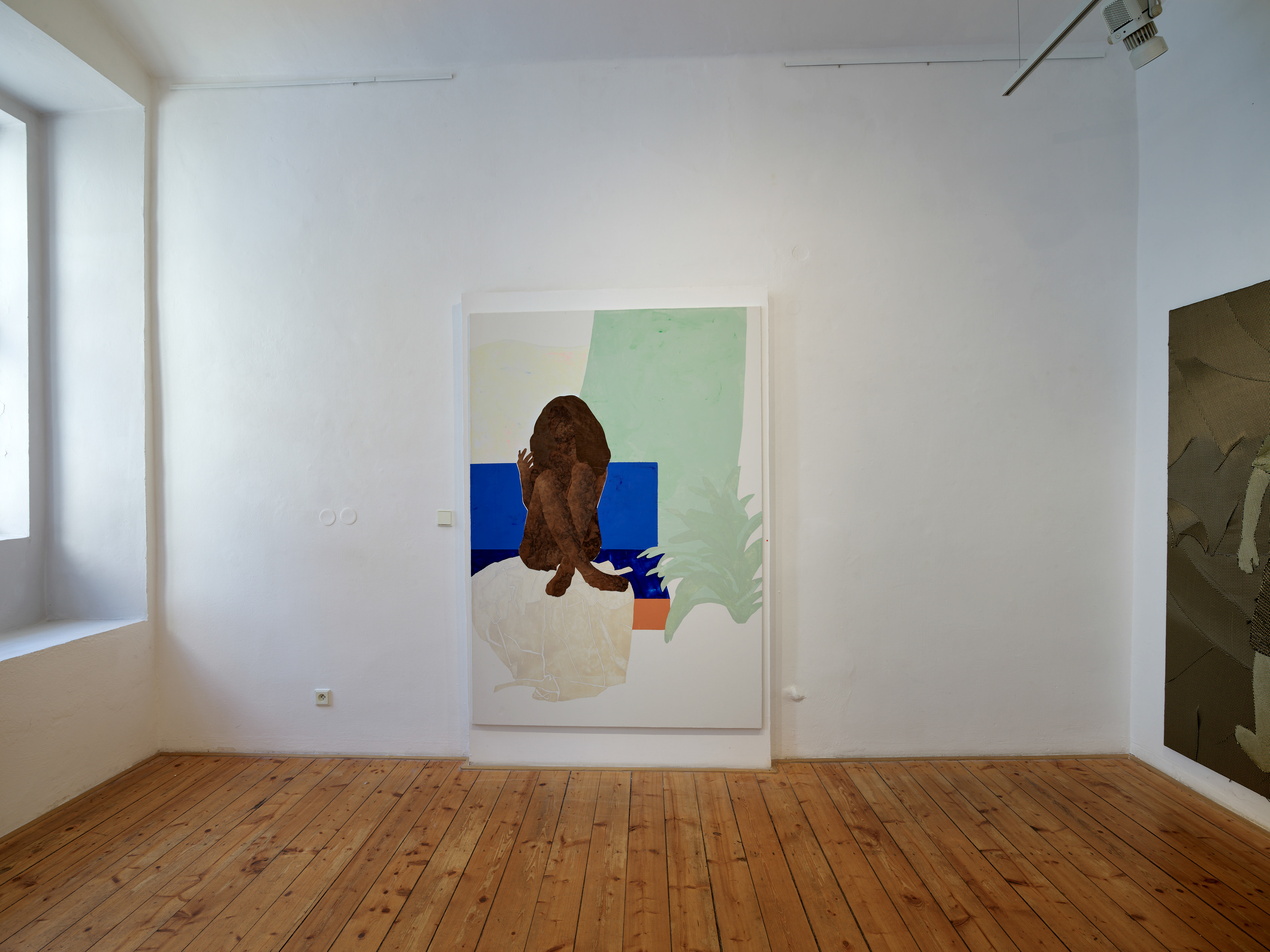

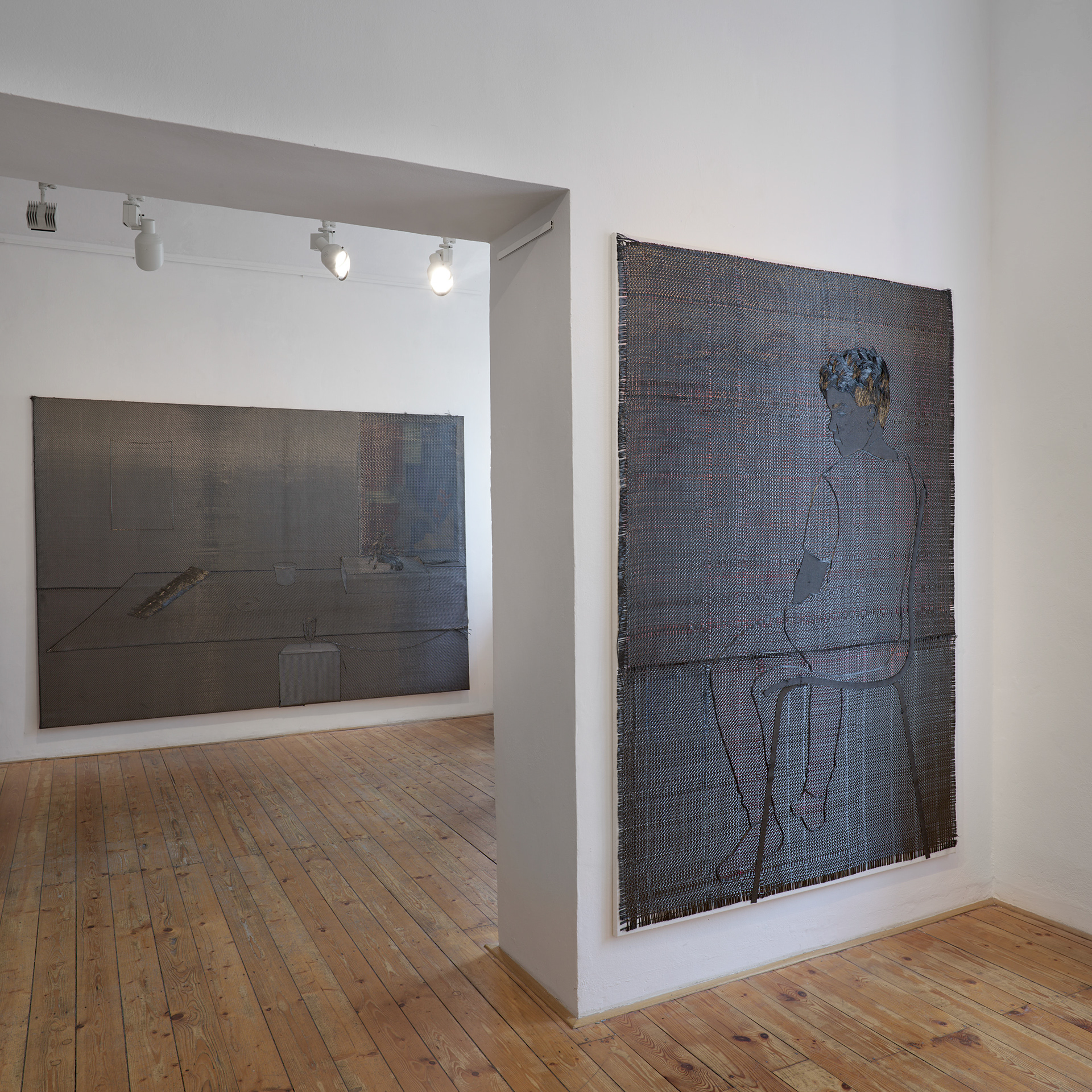
Na chvilku se zastavit, uklidnit, pomalu dýchat a proplouvat vlastním archivem vzpomínek, útržky a záblesky krásných okamžiků a prožívat je znovu a znovu… Jak vlastně funguje lidská paměť? Víme, že neuronová síť mozku ukládá naše prožitky a zkušenosti, které si následně dokážeme vybavit. Také ale víme, že mozek nefunguje jako počítač a neukládá si zkušenosti ve formě přesných dat, která bychom si pak nezkreslená „přehrávali“ jako dokumentární film. Mozek si vzpomínky vlastně sám vytváří jako jakýsi otisk či obraz skutečnosti, ze které dokáže abstrahovat to, co je snad pro nás podstatné. Někdy ale bez našeho vědomí vzpomínky také zdeformuje a v režimu snění pak jejich fragmenty pořádně promíchá. Prožitky si přitom nevybavujeme v podobě detailně vykreslených tvarů, ale spíše ve formě jakýchsi ozvěn, pocitů, barev, chutí nebo i vůní.
Přístup Natalie Perkof má s tím, jak funguje naše paměť, něco společného – i ona z rekonstrukcí běžných situací vytváří obrazy, které jsou schopné zhmotnit konkrétní prožitky a emoce. Svým způsobem se její díla ocitají v opozici vůči daru (či spíše prokletí) Irenea Funese, hlavního hrdiny jedné z Borgesových povídek, který si pamatuje každou jednotlivost, každý detail, ale není schopen žádné abstrakce, zobecnění a vnímání podstatného. V obrazech z cyklu Manuál přirozenosti Natalie Perkof pracuje s působivou poetikou „momentek“, s útržky každodenních situací a přátelských setkání. Její čistý formální projev je pevně zakotven ve figurální malbě, motivy maleb přitom čerpá z vlastního života – v siluetách rozeznáváme postavu autorky samotné, její rodiny a nejbližších přátel. Postavy jsou však redukované na pouhé siluety, které působí, jako by byly zmrazené v jednom okamžiku, jako by levitovaly v neurčitém časoprostoru. Snové kompozice Natalie Perkof sice svou atmosférou oscilují na pomezí reálného a ireálného, zároveň se v nich ale koncentruje zvláštní, harmonický pocit, který je nám všem jaksi podvědomě známý.
Přirozená tendence transformovat tradiční malbu do prostorové podoby přivedla Natalii k materiálovým experimentům. V současnosti tak vedle klasických obrazů na plátně, které jsou založené na působení velkých ploch jasných pastelových nebo i perleťových barev, vytváří především obrazy z materiálu karbon a karbon-aramid. Technická textilie z uhlíkového vlákna, která se používá hlavně v leteckém a automobilovém průmyslu, autorku fascinuje nejen svými specifickými vlastnostmi, ale i mnohovýznamovostí. Temně černou, resp. zlatou barvu textilie narušuje její vysoce kovový lesk, který do ní vnáší světlo, což umělkyni s česko-ghanskými kořeny evokuje její vlastní rozpolcenost mezi dvěma kontinenty. Tkaná struktura látky jí pak připomíná tradiční africké textilie. Pevná vlákna karbonu a karbon-aramidu jsou navíc tvořená především atomy uhlíku, tedy prvku, který stojí v základu veškerého známého života na Zemi. A z tohoto materiálu Natalie Perkof s mimořádnou senzitivitou formuje křehký, intimní svět, který má charakter fragmentů vzdálených, avšak intenzivně prožívaných vzpomínek či snů.
Martina Mrázová
To pause for a moment, to calm down, breathe slowly and float through our own archive of memories, through fragments and glimpses of beautiful moments, and to relive them again and again... How does human memory actually work? We know that the brain's neural network stores our experiences, which we can then recall. But we also know that the brain doesn't work like a computer. It doesn’t store experiences in the form of precise data that can be “replayed” like a documentary. In fact, it is the brain itself that creates memories – they’re imprints or images of reality, perhaps based on what somehow seems to be relevant to us. But sometimes, unbeknownst to us, the brain also deforms our memories and, while in a dreaming mode, blends their fragments too. And it is also the case that we often do not recall experiences in the form of detailed shapes, but rather as echoes of some sort, as feelings, colours, tastes, or even smells.
Natalie Perkof's approach has something in common with how our memory works – she also reshapes and transforms everyday situations, materializing specific experiences and emotions. In a way, her works stand in opposition to the gift (or rather the curse) of Ireneo Funes, the protagonist of one of Borges' short stories, who remembers every single detail, every single thing, but is incapable of any abstraction, generalisation or perception of what’s essential. In the paintings from the cycle Nature’s Manual, Natalie Perkof employs the poetics of “snapshots”, depicting fragments of everyday situations and friendly encounters. Her pure, formal expression is firmly rooted in figurative painting, the motifs being inspired by her own life – we can recognize the artist herself, her family and closest friends. However, the figures are reduced to mere silhouettes that seem to be frozen in a single moment, as if they were levitating in an indeterminate space-time. Although the atmosphere of Natalie Perkof's dreamlike compositions oscillates between the real and the unreal, the paintings also carry a specific, harmonious feeling that is somehow subconsciously familiar to all of us.
The natural tendency to expand traditional painting into three dimensions led Natalie to material experiments. Thus, in addition to conventional paintings on canvas, which are based on the effect of large areas of bright pastel or even pearlescent colours, she now creates mainly artworks made of carbon and carbon-aramid. The technical fabric made of carbon fibre, which is mainly used in the aerospace and automotive industries, fascinates the artist not only for its specific properties but also for its ambiguity. The dark black (or golden) colour of the fabric is disrupted by its highly metallic sheen, which brings light into the material, reminding the artist with Czech-Ghanaian roots that she stands between two continents. The woven structure of the fabric resembles traditional African textiles. Moreover, the fibres of carbon and carbon-aramid are made up mostly from the atoms of carbon, the element that underlies all known life on Earth. And it is this material Natalie Perkof uses to form with extraordinary sensitivity a fragile, intimate world woven from fragments of distant yet intensely experienced memories or dreams.
Martina Mrázová
Translated by Michal Mráz